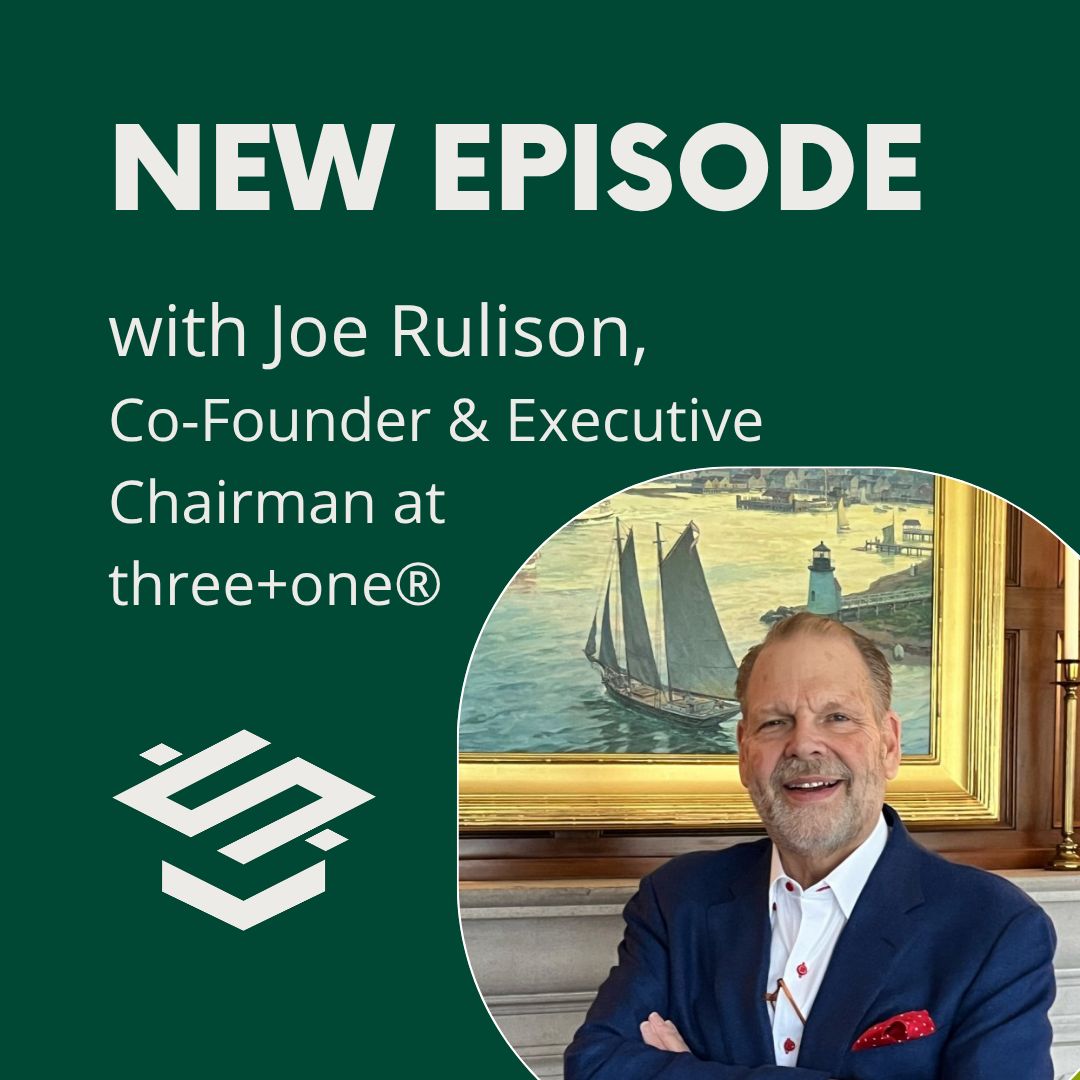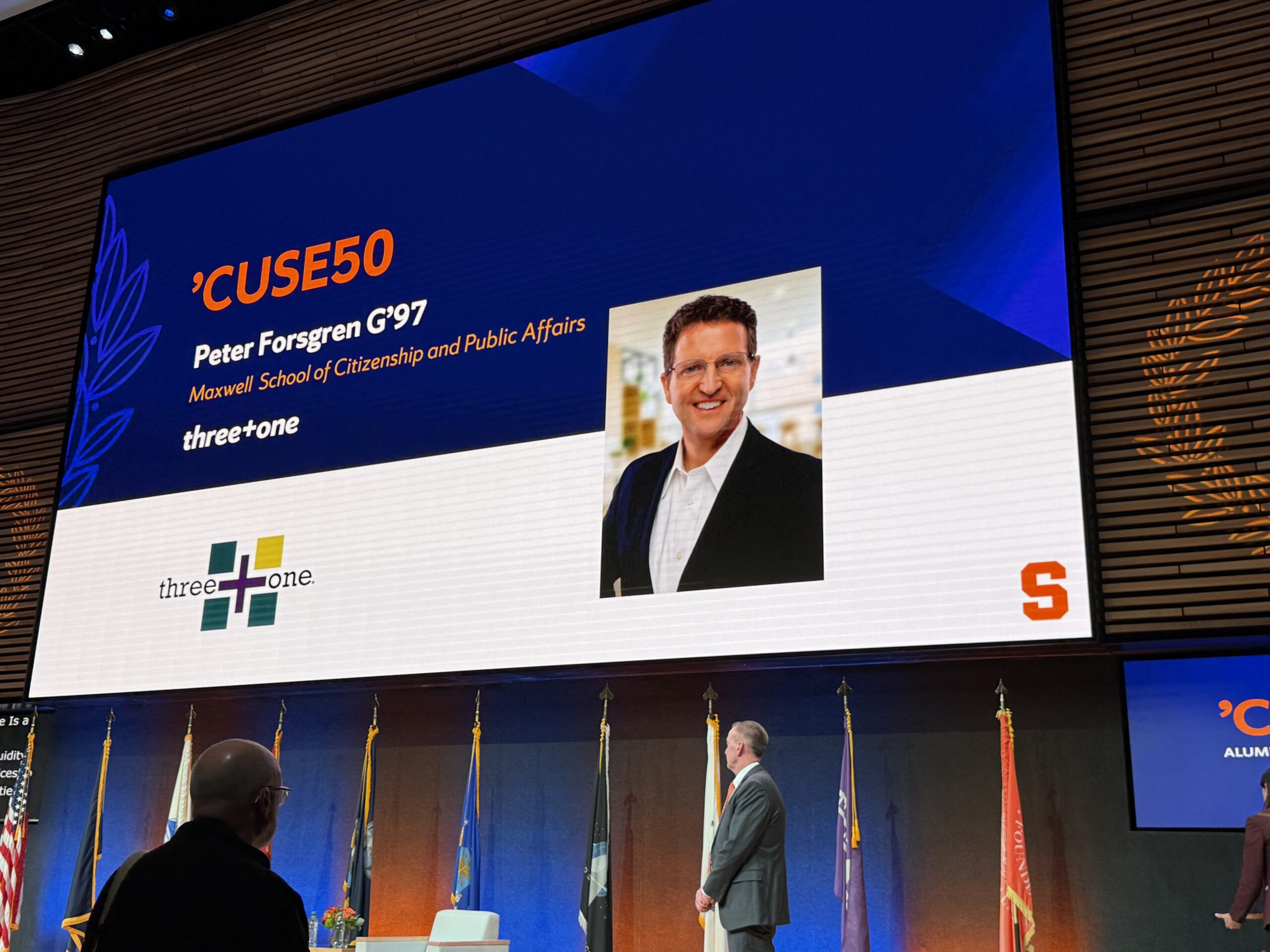Each year, our team releases its annual predictions for the coming 12 months based on the data and empirical observations gained from our work with public sector and higher-ed entities across the nation. As the new year begins, we share our 2022 predictions:
1. After two years of low rates, the Federal Reserve will start raising short-term interest rates by mid-2022, with Fed fund rates reaching 1.00%+.
2. Inflation will continue to take center stage in 2022, with inflation staying above 5.0%, year over year. As a result, the Federal Reserve will take unexpected actions sooner than anticipated. With the reduction in tapering by the Fed, the return on cash will increase, leading banks to seek more deposits, due to a greater loan demand from consumer lending.
3. Given that the COVID pandemic will most likely continue throughout 2022, banking institutions will focus primarily around online and kiosk technology, as the trend for fewer brick & mortar bank branches will gain traction. If one visits a branch office, expect a direct fee for counter service.
 4. Technology will continue to advance with virtual-call methods advancing with greater connectivity, thanks to substantial investments made to enhance broadband service.
4. Technology will continue to advance with virtual-call methods advancing with greater connectivity, thanks to substantial investments made to enhance broadband service.
5. Public capital projects will come back strong, given ARPA funds and infrastructure dollars being put to work.
6. Higher Ed institutions will continue to find new enrollments challenging. The kinds of students entering college will be changing in demographics, age, and educational needs; undergraduate/graduate degrees and widely varied certificate programs will be retooled to accommodate these changes. Virtual learning will remain strong, given the popularity of remote working and learning-at-home programming. The changes made throughout higher Ed because of the COVID-19 pandemic will ease those hard decisions that would have had to be made in the upcoming years—most notably 2025 through 2027—due to lower student population, the result of a lower birthrate during the financial crisis of 2008 and 2009. Personally, I believe that the new world of online learning will lead many “baby boomers” back to college to achieve advanced degrees.
7. FinTech companies will continue to advance in conjunction with banking institutions, offering a greater number of mobile apps around virtual banking, digital currency, and blockchain technology.
8. The level of interest in addressing climate change will incorporate major investments in the nation’s electrical grid; these will be required to meet the anticipated major influx of electrical vehicles in the coming years. In addition, solar will be at the forefront among alternative energy sources and public/private investments. To make up for the expected gap in gasoline tax, expect proposals to emerge on charging electric vehicles (EVs) a tax when utilizing a charging station. Thus, the cost to operate an EV could equate to about that to run a gasoline-powered vehicle.
9. Buildout of national broadband infrastructure will be developed through major public/private partnerships. In doing so, new forms of interactive alternative communications will continue to emerge—metaverse technology among them. Primary drivers for this technology will be by Generation Zers.
10. Expect a big boom in new U.S. manufacturing facilities, with warehouses at a premium. New facilities will need to be built to store a greater amount of U.S.-sourced goods in the supply chain. Recent events that have severely hampered the movement of goods from overseas will encourage lesser dependence on foreign sources.
We would like to personally thank Neil Powers, Principal at Vector Research Management, for his consistent input, ongoing perspective, and serving as a sounding board on national and international economic data and trends that affect public, higher Ed, and banking institutions.


